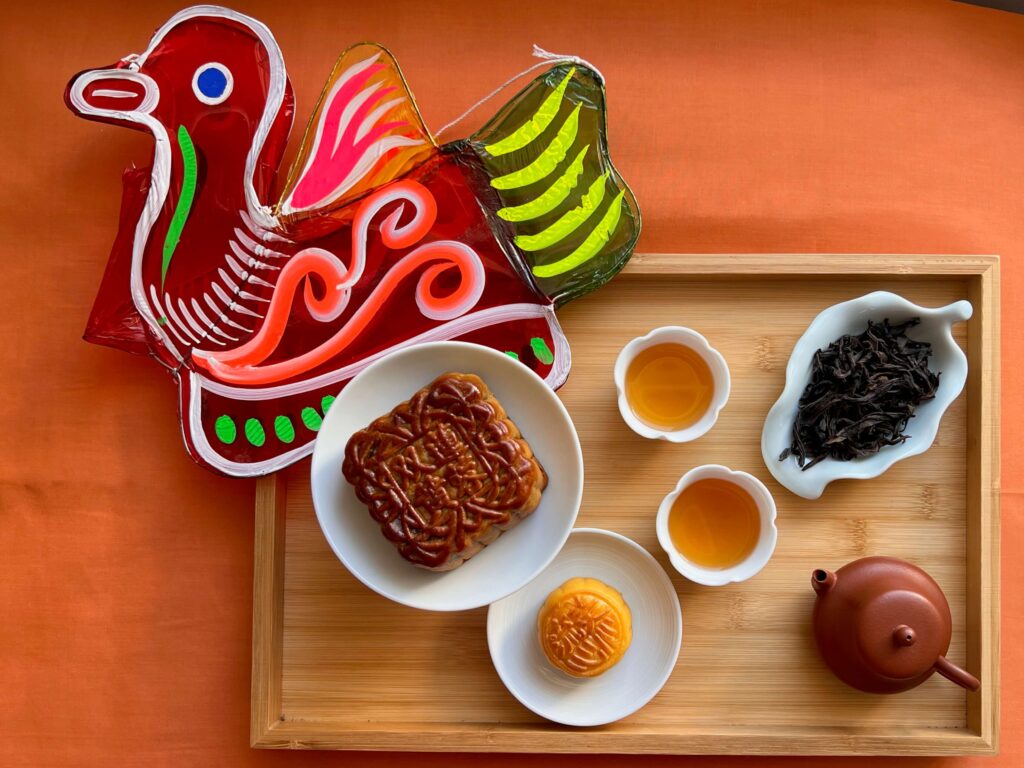by Rachel Au
(Originally published September 24, 2020, updated on September 15, 2024)
An interesting sight appears every August in Hong Kong. Mooncake advertisements begin to line wall after wall at any given MTR train station, starring celebrities ranging from veteran comedian Eric Tsang to Japanese actress Alice Hirose. Such is the result of aggressive marketing campaigns by various Hong Kong bakeries, hoping to capture maximum market share during the sliver of time mooncakes are consumed – the Mid Autumn Festival. But what is the Mid Autumn Festival? Why do Chinese communities across the globe celebrate it with such enthusiasm? Here, we explore what the festival is and the legends behind it, each a story that has been passed down for generations.
What is the Mid Autumn Festival?
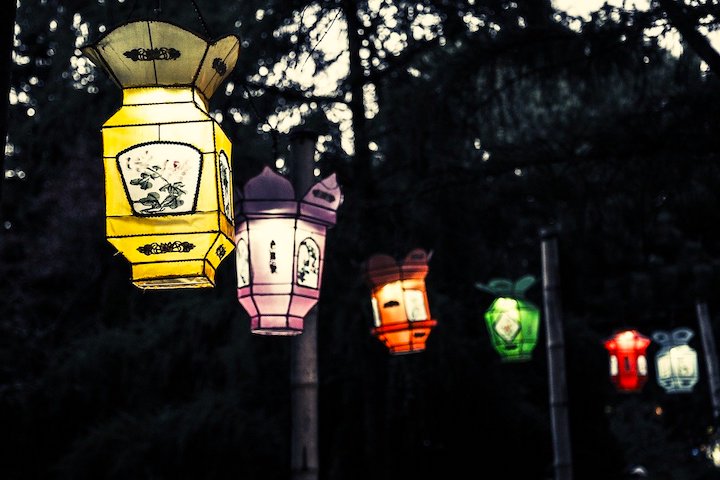
The Mid Autumn Festival is an ancient Chinese celebration of the full moon, family, and harvest. It falls on the 15th day of the eighth month in the lunar calendar, which is when the moon is at its biggest and brightest. On this day, families gather to feast on mooncakes, hang up lanterns, and admire the fullest moon of the year.
The History of the Mid Autumn Festival
The Mid Autumn Festival became an official celebration during the Tang Dynasty (618 – 907 CE). However, nobody knows for sure how and when it came about. Having said that, records show that Chinese communities have celebrated the harvest during the autumn full moon since the Shang dynasty (c. 1600 – 1046 BCE). Despite the festival’s origins in celebrating the autumn harvest, contemporary society places more emphasis on gathering and returning home, as the full moon symbolizes reunion in Chinese culture.
The Mid Autumn Festival in Hong Kong
In Hong Kong, employees tend to get off work earlier on that day. This is such that they can head home and prepare for the evening feast. A typical Hong Kong Mid Autumn Festival celebration begins at dinnertime, when extended families gather under one roof and dine together. After dinner, families head to lantern carnivals at parks across the city for a light-filled moon-gazing session. Victoria Park is home to Hong Kong’s most popular Mid Autumn Lantern Carnival, welcoming massive camera-touting crowds every year.
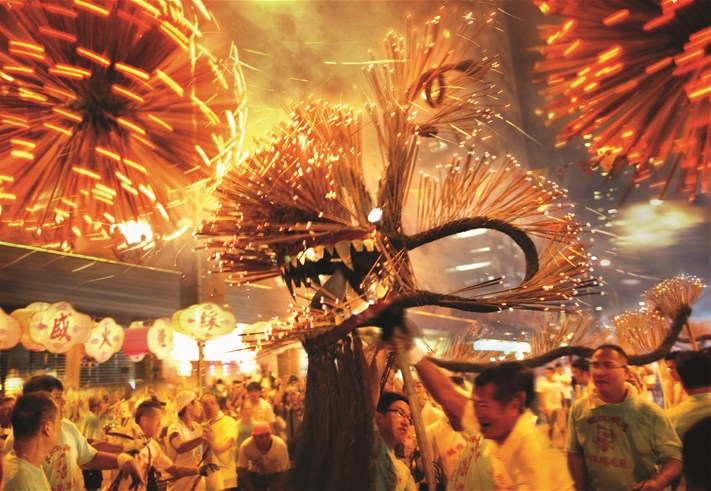
Another Mid Autumn Festival tradition is the Tai Hang Fire Dragon Dance. Unique to Hong Kong, it began in the 19th century when Tai Hang villagers held the event to drive away bad luck. It has since made its way onto the national list of intangible cultural heritage. This year’s Tai Hang Fire Dragon Dance will take place on September 16th to 18th. Learn more about the Fire Dragon Dance to prepare yourself for this exciting and unique celebration and see where to go for the best vantage point.
Stories behind the Mid Autumn Festival
Chang’e Flying to the Moon
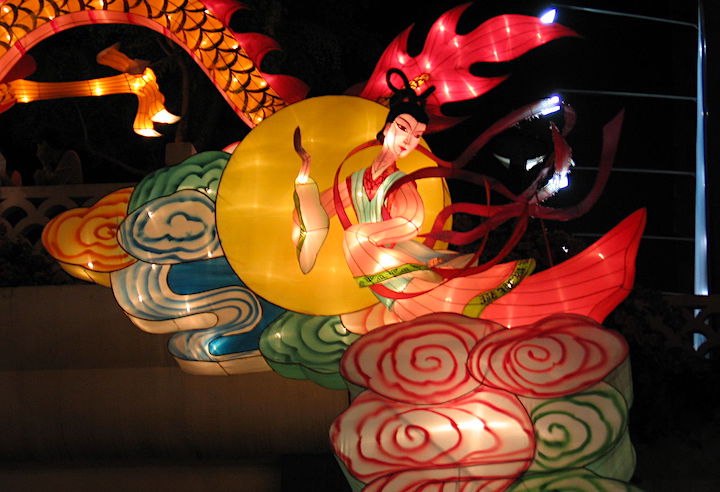
The most widely-told Mid Autumn Festival story features Chang’e, the moon goddess. While Chang’e is associated with a number of varying myths, she is best known for stealing the elixir of immortality.
Legend has it that there used to be ten suns in the sky, which would scorch the earth and make lives insufferable. One day, a talented archer named Hou Yi decided he’d had enough. He shot down nine suns, leaving only one in the sky. As a reward, the goddess Xiwangmu presented Hou Yi with the elixir of immortality.
However, there was only enough elixir for one person, and Hou Yi did not want to become immortal if his wife, Chang’e, could not live with him for eternity. Because of this, Hou Yi chose to remain mortal and hid the elixir under his bed.
On the other hand, Chang’e had her eyes set on the elixir. That very night, she found her husband’s reward and drank every last drop. This caused her to drift towards the moon, where she finally settled. If you look hard enough, you might just be able to spot Chang’e’s likeness on the moon!
This tale is so well-known that China’s missions within its Lunar Exploration Program were named after the goddess, with the names Chang’e 1, 2, 3, and 4.
The Jade Rabbit
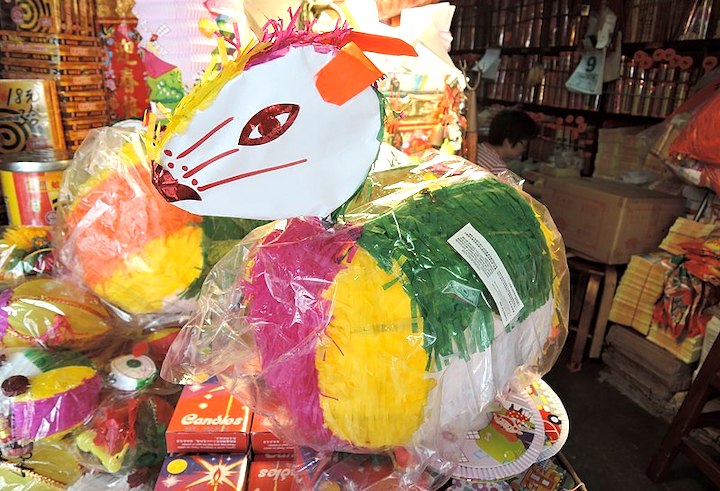
Another Mid Autumn Festival story starring a figure said to appear on the moon is the jade rabbit legend. The story begins with three immortals, who had disguised themselves as beggars. They were walking through a forest and begged a fox, a monkey, and a rabbit for food.
The fox and the monkey both went off to search for food and offered the immortals what they collected. However, the rabbit only knew how to gather grass. Having decided to offer itself instead, the rabbit jumped into a fire the immortals had prepared. The immortals were so touched by this gesture that they turned the rabbit into an immortal jade rabbit, and sent it to live on the moon.
The tale goes on to say that Chang’e liked the rabbit at first sight, and the two became inseparable friends. Upon hearing Chang’e’s story, the rabbit felt sympathetic and started making a potion that would help Chang’e return to earth. People say that the rabbit can still be seen on the moon’s surface, constantly pounding ingredients for the potion.
Zhu Yuanzhang and the Mooncake Uprising
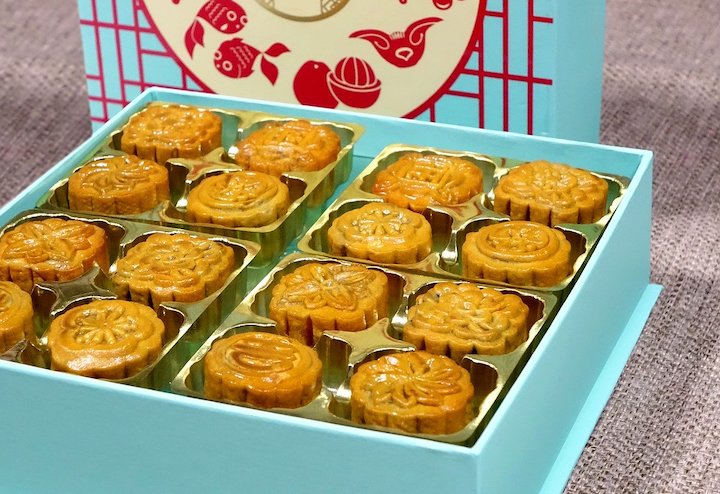
This Mid Autumn Festival story is said to be why we eat mooncakes during the festival today.
In the late Yuan Dynasty (1271 – 1368 CE), the harsh rule of the Mongolian overlords prompted a nationwide rebellion. Zhu Yuanzhang, a rebel leader, wanted to launch an uprising on the night of the Mid Autumn Festival. However, it was very difficult to pass orders to fellow Chinese compatriots as government raids were intense.
To get past the government, Zhu’s advisor Liu Bowen came up with a plan. First, they would spread a rumor that a deadly plague was spreading, and the only way to be safe from it was to eat mooncakes on Mid Autumn Festival. Then they hid notes inside mooncakes that said “on mid autumn night, kill the rulers”, and distributed them to resistant forces.
The ploy was a success. Rebels killed the Mongol rulers and took over the Yuan capital – now known as Beijing – and that was the start of the Ming Dynasty.
Mooncakes have come a long way from being an instrument of revolt. Besides the traditional lotus seed paste and salted egg variety, bakeries have now created mooncakes with contemporary fillings ranging from ice cream to molten custard. Want to find out how mooncakes are made in an old-school Hong Kong bakery? Check out our blog post on that here!
Happy Mid Autumn Festival!



